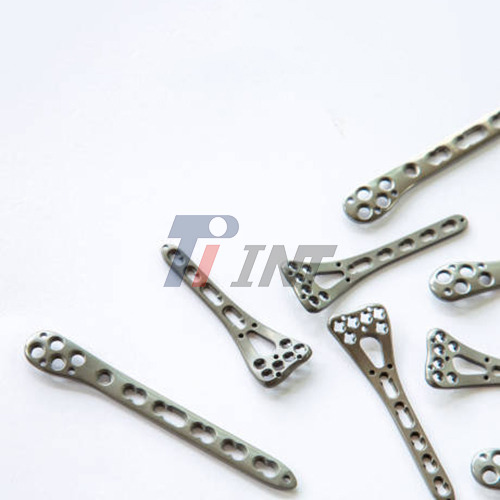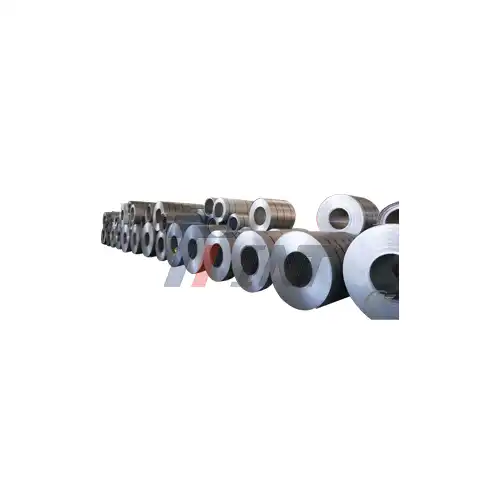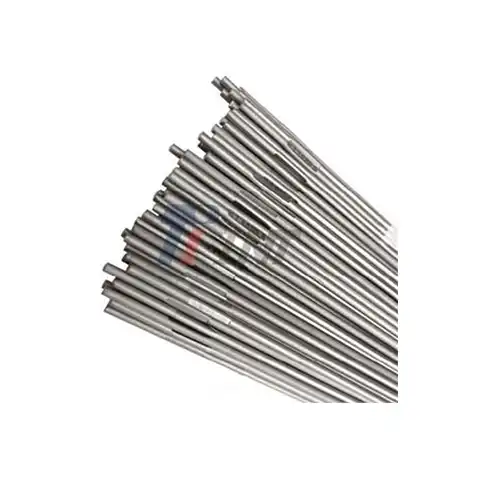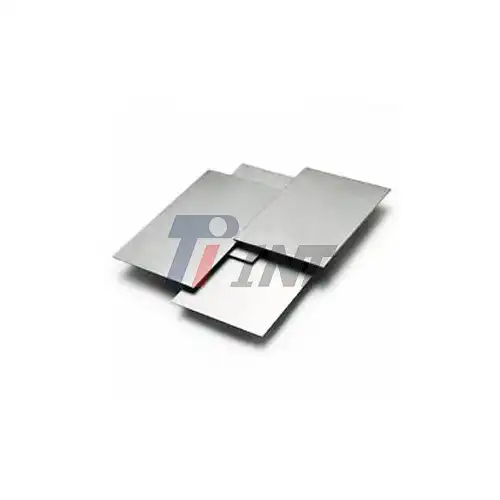Grasping Titanium Plates in Bone Surgery
What Are Titanium Plates for Bone?
Titanium plates for bone are medical devices used in orthopedic and maxillofacial surgeries to stabilize fractured bones or support bone reconstruction. These plates are crafted from high-grade titanium alloys, typically Ti6Al4V ELI (Extra Low Interstitial), which offers an optimal balance of strength, lightweight properties, and biocompatibility. The plates come in various shapes and sizes, tailored to different bones and surgical needs.
Why Choose Titanium for Bone Plates?
The selection of titanium for bone plates, specifically the titanium plate for bone, is not arbitrary. Titanium boasts several characteristics that make it ideal for medical implants:
- Biocompatibility: Titanium integrates well with human tissue, reducing the risk of rejection.
- Corrosion Resistance: It withstands the harsh environment inside the body without degrading.
- Strength-to-Weight Ratio: Titanium provides robust support while remaining lightweight.
- Osseointegration: The material promotes bone growth around the implant, enhancing stability.
- Non-ferromagnetic: Titanium is compatible with MRI scans, unlike some other metals.
The Manufacturing Process
The production of titanium plates for bone involves sophisticated processes to ensure quality and precision. Companies like Baoji INT Medical Titanium Co., Ltd. employ advanced manufacturing techniques, including:
- Custom Machining: Plates are cut and shaped to exact specifications.
- Precision Die Forging: This process enhances the strength and durability of the plates.
- Surface Treatment: Plates undergo treatments to improve their biocompatibility and performance.
- Quality Control: Rigorous testing ensures compliance with international standards like ISO9001:2015 and ISO13485:2016.
Potential Causes of Pain or Discomfort
Immediate Post-Surgical Pain
It's common for patients to experience pain immediately after surgery. This discomfort is typically related to the surgical procedure itself rather than the titanium plate for bone. Factors contributing to post-surgical pain include:
- Tissue Trauma: The incision and manipulation of soft tissues during surgery can cause soreness.
- Bone Drilling: The process of attaching the plate to the bone involves drilling, which can cause temporary pain.
- Inflammation: The body's natural healing response involves inflammation, which can be painful.
Long-Term Discomfort
While most patients adjust well to titanium plates, some may experience long-term discomfort. Potential causes include:
- Cold Sensitivity: Some patients report increased sensitivity to cold temperatures at the implant site.
- Soft Tissue Irritation: In some cases, the plate may irritate surrounding soft tissues, especially if it's prominent under the skin.
- Stress Shielding: This occurs when the plate takes on too much of the bone's load, potentially leading to bone weakening over time.
Rare Complications
In rare instances, more serious complications can arise, leading to pain or discomfort:
- Infection: Although uncommon due to titanium's antimicrobial properties, infections can occur at the implant site.
- Allergic Reactions: While extremely rare, some individuals may be sensitive to titanium or other components in the alloy.
- Implant Loosening: Over time, the plate may become loose, causing instability and pain.
- Hardware Failure: In extremely rare cases, the plate may break or deform, necessitating revision surgery.
Managing and Minimizing Discomfort
Surgical Techniques to Reduce Pain
Surgeons employ various strategies to minimize post-operative pain and long-term discomfort associated with titanium plates:
- Minimal Invasive Techniques: Using smaller incisions and less tissue dissection when possible.
- Proper Plate Placement: Ensuring the plate is positioned optimally to avoid soft tissue irritation.
- Low-Profile Designs: Utilizing thinner plates that are less likely to be felt under the skin.
- Precise Fit: Using custom or pre-contoured plates that match the bone's anatomy closely.
Post-Operative Care and Pain Management
Effective post-operative care for the titanium plate for bone is crucial in managing pain and promoting healing:
- Pain Medication: Prescribed analgesics to manage immediate post-surgical pain.
- Physical Therapy: Exercises to maintain mobility and strength during recovery.
- Cold Therapy: Applying ice to reduce swelling and numb pain in the initial recovery period.
- Gradual Return to Activity: Following a structured plan to safely resume normal activities.
Long-Term Considerations
For patients experiencing persistent discomfort, several approaches may be considered:
- Regular Follow-ups: Monitoring the implant site and addressing any issues promptly.
- Imaging Studies: X-rays or CT scans to assess the plate's position and bone healing.
- Plate Removal: In some cases, removing the plate after the bone has healed may alleviate discomfort.
- Alternative Therapies: Some patients find relief through acupuncture or massage therapy.
Conclusion
While titanium plates for bone can occasionally cause pain or discomfort, their benefits in fracture healing and bone reconstruction typically outweigh these risks. The high biocompatibility, strength, and durability of the titanium plate for bone make it an excellent choice for orthopedic implants. Continuous advancements in plate design and surgical techniques are further reducing the likelihood of complications.
For patients considering or recovering from surgery involving titanium plates, open communication with your healthcare provider is key. They can address specific concerns and provide personalized advice for your situation.
If you're a medical professional or researcher interested in learning more about high-quality titanium plates for bone and other medical titanium products, contact Baoji INT Medical Titanium Co., Ltd. at export@tiint.com. With over 30 years of experience in titanium material research and production, INT provides cutting-edge technology and insights into the evolving titanium market.


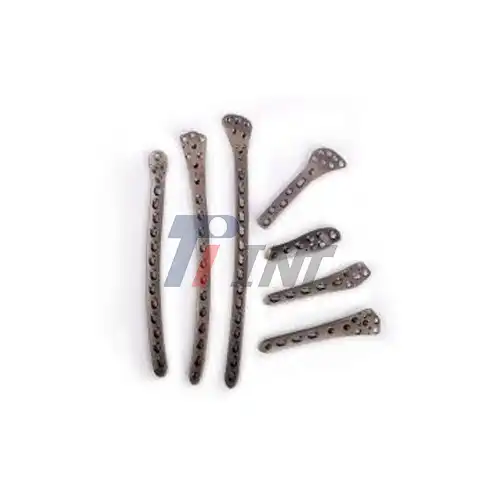
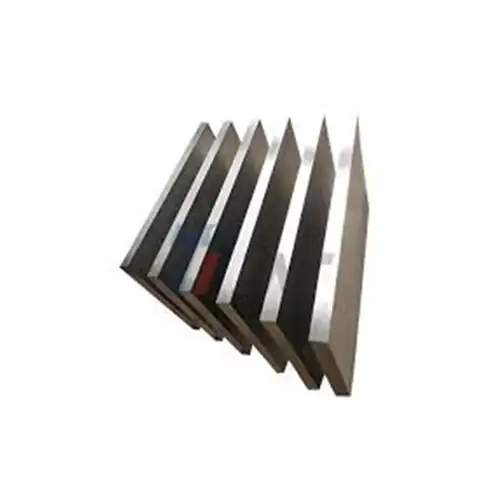






 2025-06-24 09:52:45
2025-06-24 09:52:45

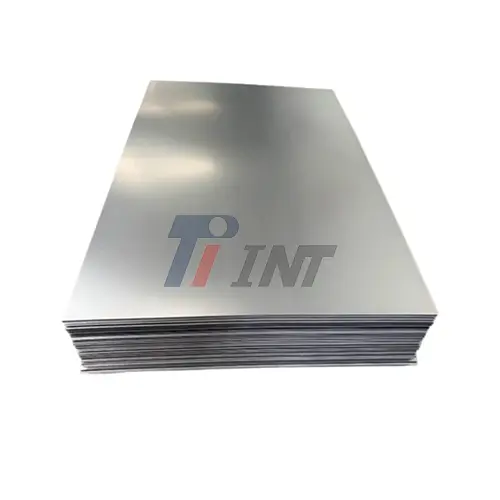
_1750663715751.webp)
_1750210148763.webp)
